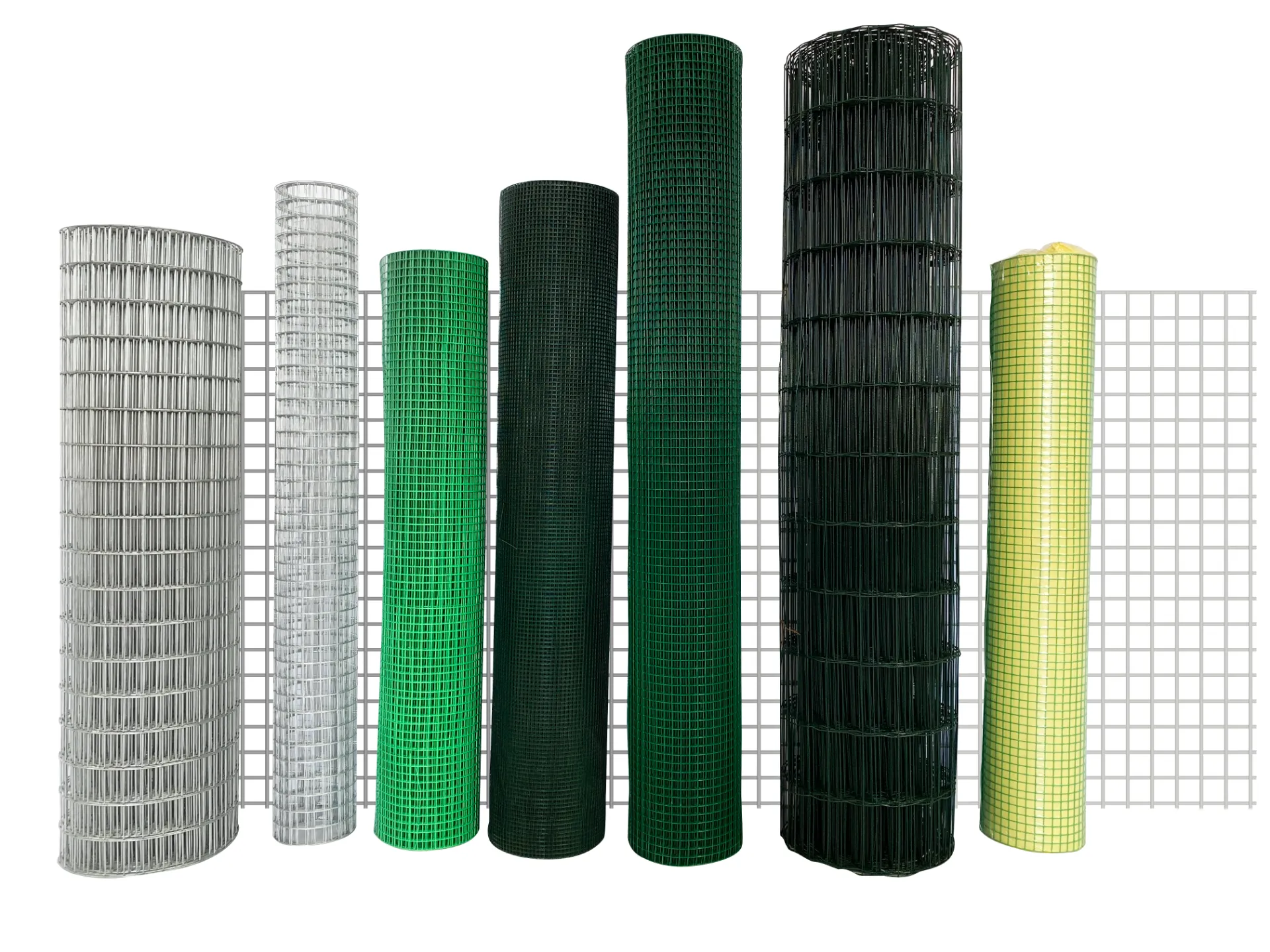Customizing Welded Wire Mesh for Industry-Specific Needs
Welded wire mesh is a versatile material widely used across industries due to its strength, adaptability, and cost-efficiency. However, as industries evolve, so do their demands for materials that can meet specific functional and operational requirements. Customizing welded wire mesh has emerged as a vital practice, enabling tailored solutions for diverse applications.

Meeting Unique Industrial Requirements About Rete metallica saldata
Different industries have unique needs, from heavy-duty reinforcement in construction to fine filtration in food processing. Customizing welded steel wire mesh allows manufacturers to provide solutions that cater to these varied demands. Adjustments in wire diameter, mesh spacing, and material type are common modifications that enhance the mesh’s performance for specific uses.
For instance, in mining and quarrying, heavy-gauge welded wire mesh can withstand extreme stresses, ensuring long-term durability. Conversely, in agricultural settings, lightweight, rust-resistant mesh is preferred for fencing and animal enclosures. These tailored options ensure optimal performance across diverse sectors.
Enhancing Durability with Material Selection About Rete metallica saldata
One of the key aspects of customization lies in selecting the right material. Stainless steel, galvanized steel, and PVC-coated wires are popular choices, each offering unique benefits. Stainless steel meshes provide superior corrosion resistance, making them ideal for marine and chemical industries, where exposure to harsh environments is common.
Galvanised mesh is frequently used in outdoor applications due to its cost-effectiveness and rust-resistant properties. PVC coatings add an extra layer of protection and aesthetic appeal, making them a preferred choice in decorative and residential projects. By matching materials to specific industry conditions, welded wire mesh can deliver both reliability and longevity.
Adapting Mesh Size and Wire Thickness About Rete metallica saldata
Mesh size and wire thickness play critical roles in determining the functionality of welded wire mesh. Industries that require high visibility and airflow, such as fencing for sports facilities, opt for wider mesh spacing. On the other hand, tighter mesh patterns are essential for applications like filtration or pest control, where small openings are critical.
Wire thickness is another factor that can be customized to balance strength and flexibility. Heavier gauges provide added robustness for industrial uses like concrete reinforcement, while thinner wires are ideal for lightweight applications, such as shelving or partitions. This adaptability ensures that welded wire mesh meets precise operational demands.
Tailoring Coatings and Finishes About Rete metallica saldata
Coatings and finishes are vital elements of customization, significantly enhancing the mesh’s functionality and appearance. PVC coatings offer a wide range of colors and improve resistance to environmental wear, making them suitable for both functional and decorative applications.
Powder-coated finishes provide additional protection against corrosion, extending the lifespan of the mesh in outdoor or high-moisture environments. For industries requiring hygiene and cleanliness, such as food processing, smooth finishes that resist dirt accumulation and are easy to clean are indispensable. These options allow welded wire mesh to excel in both form and function.
Innovating for Specialized Applications About Rete metallica saldata
As industries innovate, so do their requirements for materials like welded wire mesh. Customization enables the creation of specialized solutions for emerging challenges. For instance, anti-climb and anti-cut meshes are increasingly used in high-security environments such as correctional facilities and data centers.
In green building practices, welded wire mesh is tailored for eco-friendly applications, such as solar panel mounting systems or green wall installations. These advancements demonstrate how customization drives innovation, ensuring welded wire mesh remains a cutting-edge material across industries.
Supporting Sustainability Goals About Rete metallica saldata
Customizing welded wire mesh not only enhances performance but also supports sustainability goals. By tailoring designs to precise requirements, waste is minimized, and material efficiency is maximized. Recyclable options further reduce the environmental footprint, aligning with industry-wide shifts toward greener practices.
Durable and low-maintenance customized mesh reduces the need for frequent replacements, contributing to long-term sustainability. This makes it an attractive option for industries aiming to balance operational excellence with environmental responsibility.
-
Weather Resistance of Woven Wire and Chicken Wire Fencing MaterialsNotiziaJun.05,2025
-
Umbrella Nails Innovations in Roofing Fasteners for Wind ResistanceNotiziaJun.05,2025
-
Modern Barbed Wire Fence Designs for Perimeter ProtectionNotiziaJun.05,2025
-
How Iron Nail Wire Enhances Nail Strength and Installation EfficiencyNotiziaJun.05,2025
-
High-Security Razor Fence Solutions for Perimeter ProtectionNotiziaJun.05,2025
-
Durable Wire Netting Fence Solutions for Animal EnclosuresNotiziaJun.05,2025




